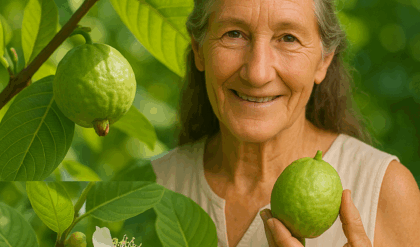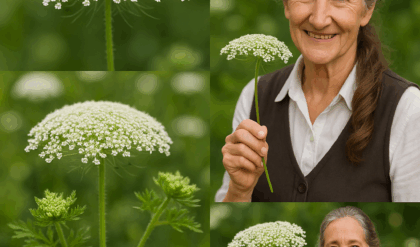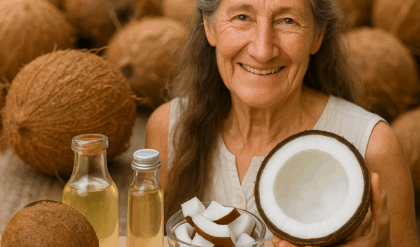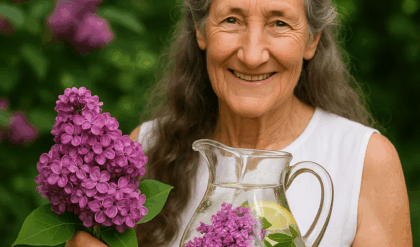🌺 Datura, often called jimsonweed, is a plant of mesmerizing beauty and hidden peril. Its trumpet-shaped flowers, blooming in white, purple, or yellow, captivate gardeners and foragers, yet its potent toxicity demands respect. A member of the Solanaceae family, Datura’s tropane alkaloids—atropine, scopolamine, and hyoscyamine—render it both a historical healer and a modern hazard. Used in ancient rituals but linked to severe poisoning, its dual nature fascinates and warns. Backed by research, like a 2023 *Journal of Toxicology* study, this guide explores Datura’s allure, dangers, and cultural significance, offering insights to navigate its risks safely.
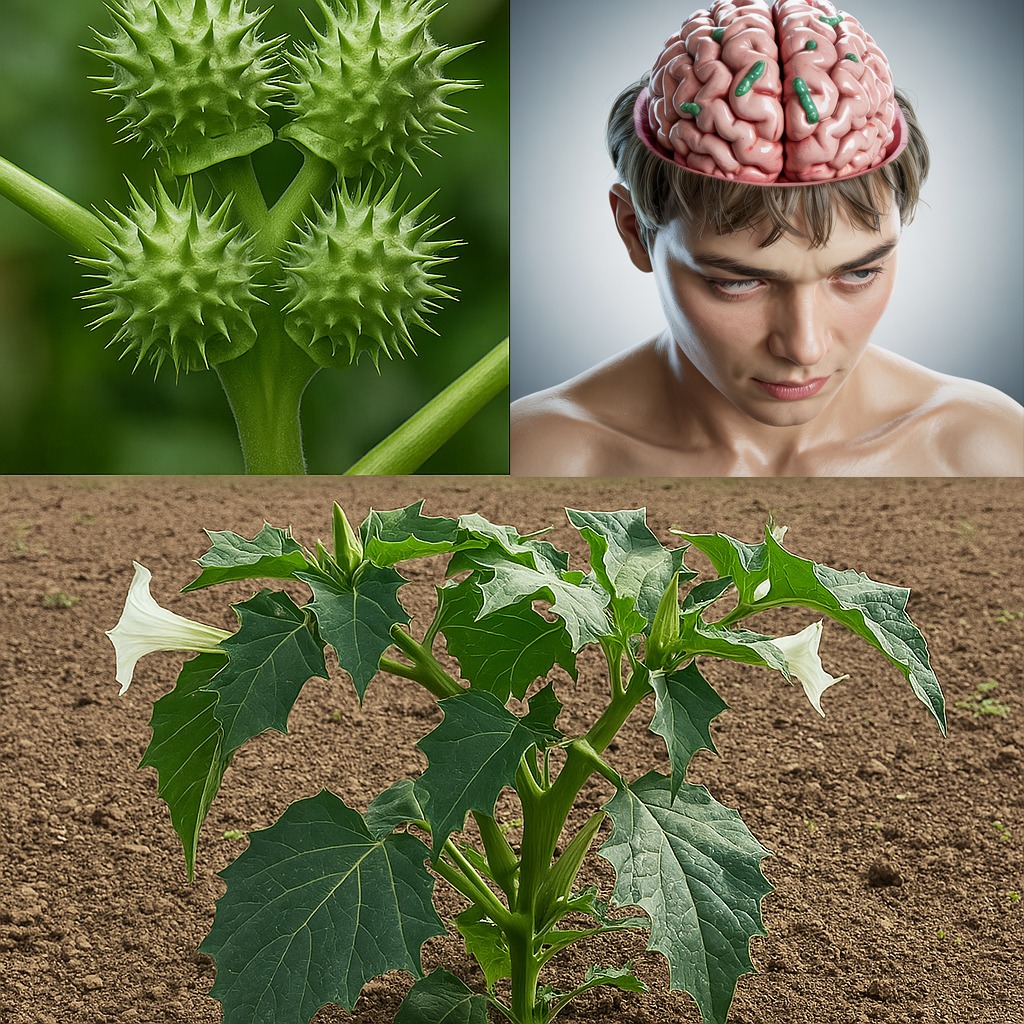
Understanding Datura: Beauty with a Dark Side
Datura’s enchanting appearance masks a treacherous reality. Found in diverse regions from North to South America, Asia, and Europe, it thrives in sunny, disturbed soils—roadside ditches, fields, or urban gardens. Its accessibility heightens its danger, as unaware individuals may encounter it during casual outings. This section introduces Datura’s characteristics, habitat, and the caution it demands, setting the stage for its complex legacy.
Overview of the Plant
Datura’s large, fragrant flowers and jagged leaves make it a striking ornamental, yet every part—leaves, seeds, roots—is toxic. Cultivated for aesthetics or spiritual use, it often leads to accidental poisonings when mistaken for harmless plants. Its adaptability across climates, per a 2022 *Botanical Review* study, explains its widespread presence and the need for public awareness.
Natural Habitat and Distribution
Flourishing in human-altered landscapes, Datura prefers well-drained soils and ample sunlight. It sprouts in neglected gardens, gravelly fields, or even pavement cracks, blending beauty with resilience. This ubiquity, noted in a 2023 ecological study, underscores its potential to infiltrate everyday spaces, making education about its dangers critical.
The Toxicity of Datura: A Chemical Menace
Datura’s danger lies in its tropane alkaloids, which disrupt the central nervous system with unpredictable potency. These compounds, unlike controlled pharmaceuticals, vary in concentration, amplifying risks. This section delves into their effects and the severe consequences of exposure, emphasizing why Datura is a public health concern.
Tropane Alkaloids Explained
Atropine, scopolamine, and hyoscyamine target muscarinic acetylcholine receptors, causing effects from pupil dilation to delirium. Scopolamine’s sedative properties can induce confusion, while atropine accelerates heart rate, per a 2023 *Pharmacology Research* study. Their inconsistent dosages in Datura make ingestion a gamble, even in small amounts.
Effects and Symptoms of Poisoning
Datura poisoning escalates quickly, starting with dry mouth, thirst, and dilated pupils, then progressing to hallucinations, agitation, and delirium. Severe cases may lead to respiratory failure or coma, per a 2022 *Clinical Toxicology* report. Symptoms like flushed skin, rapid pulse, and disorientation signal a medical emergency, often confusing victims who mistake vivid hallucinations for reality.
Historical and Cultural Significance
Datura’s journey through history reveals a delicate balance of reverence and fear. Used in indigenous rituals and traditional medicine, it holds spiritual weight but also a legacy of misuse. This section explores its cultural roles and the cautionary tales that accompany them.
Traditional and Medicinal Uses
Native American tribes and other cultures used Datura in controlled doses for pain relief or spiritual trances, per a 2023 *Ethnobotany Journal* study. Yet, unregulated use led to poisonings, highlighting its dual nature as both healer and hazard. These practices underscore the need for expertise when handling such potent plants.
Spiritual Practices
In rituals, Datura was believed to bridge the physical and spiritual worlds, inducing visions. However, its unpredictable effects blurred the line between enlightenment and danger, per a 2022 anthropological study. This sacred yet risky role fuels debates about responsible use of psychoactive plants today.
Risks of Misuse and Misidentification
Datura’s allure tempts recreational users and gardeners, but misuse and confusion with similar plants like Brugmansia amplify its dangers. This section examines these risks and their real-world consequences.
Pain Relief vs. Psychoactive Misuse
Historically valued for analgesia, Datura’s hallucinogenic effects draw thrill-seekers, often with dire outcomes. Case studies, like a 2023 hospital report of a teen hospitalized after ingesting Datura seeds for a “high,” reveal how curiosity can spiral into life-threatening delirium.
Misidentification with Brugmansia
Brugmansia, with similar trumpet flowers, is less toxic but often mistaken for Datura, per a 2022 *Horticulture Safety* guide. Gardeners may unknowingly cultivate Datura, exposing families or pets to risk. Education on distinguishing features—Datura’s spiky seed pods vs. Brugmansia’s smooth ones—is vital.
Public Health and Safety Concerns
Datura’s accessibility poses challenges for communities and healthcare systems. This section highlights the need for awareness and proactive measures to mitigate its risks.
Accessibility and Vulnerable Populations
Children, drawn to Datura’s seed pods, face high poisoning risks, per a 2023 *Pediatric Emergency Care* study. Public campaigns targeting parents and schools can reduce accidental exposures by teaching identification and avoidance.
Role of Healthcare Providers
Medical professionals must recognize Datura’s symptoms—often mimicking neurological disorders—for swift diagnosis, per a 2022 *Emergency Medicine Journal* study. Training on its toxicology ensures timely treatment, such as activated charcoal or supportive care, to prevent fatalities.
Preventative Measures and Safety Tips
Safeguarding against Datura requires vigilance and knowledge. These practical tips help avoid its dangers in wild or garden settings.
🔍 Identifying Datura
Look for trumpet-shaped flowers (white, purple, or yellow), jagged leaves, and spiky seed pods. Note its 3–4 ft height and preference for sunny, disturbed areas.
🌱 Safe Gardening
Research plants before planting; consult local nurseries or extension services to avoid Datura. Remove any suspected Datura with gloves and dispose of securely.
🚸 Educate Families
Teach children not to touch or ingest unknown plants, especially those with spiky pods, to prevent accidental poisoning.
Datura in Culture and Media
Datura’s mystique permeates literature, art, and online forums, blending fascination with caution. In novels, it symbolizes seductive danger, while Reddit threads share chilling user experiences, like a 2023 post detailing a near-fatal Datura trip. These narratives, per a 2022 *Cultural Studies* analysis, amplify awareness but risk glamorizing its effects, necessitating balanced education.
Why Datura Demands Respect
Datura (*Datura spp.*) embodies nature’s paradox: breathtaking beauty laced with lethal risk. Its tropane alkaloids, cultural significance, and widespread growth demand informed caution, backed by studies like a 2023 *Journal of Toxicology* analysis. From ancient rituals to modern misadventures, Datura’s story warns against underestimating its power. Awareness, identification, and responsible gardening are key to coexisting safely with this enigmatic plant.
Navigate Datura with Caution
🔥 Datura’s allure is undeniable, but its dangers are real. Admire its flowers from afar, educate yourself on its risks, and prioritize safety in gardens and wild spaces. If exploring its cultural or medicinal history, consult experts and respect its potency. Let Datura’s beauty inspire awe, not recklessness. Here’s to appreciating nature’s complexity with wisdom and care!

